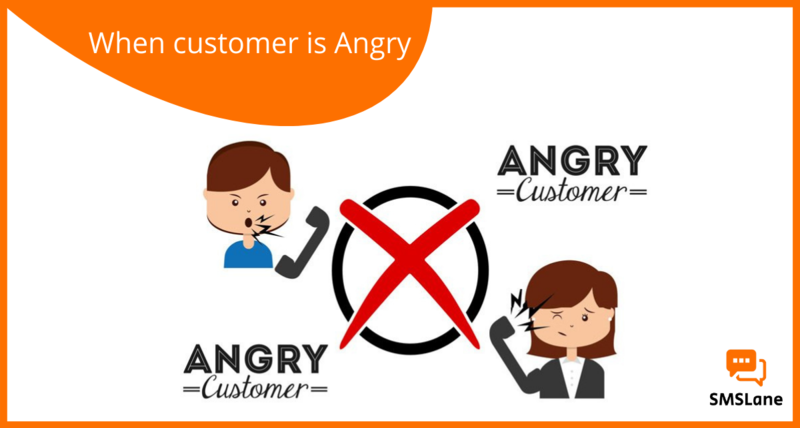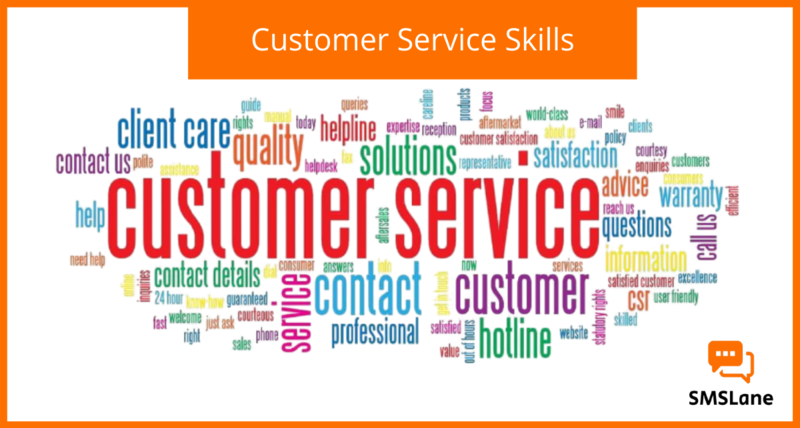
At some moments customer service job can be a challenge. Dealing with different people and trying to meet their expectations is not an easy task. It takes patience, sharp intellect and I would even say wisdom to navigate through the various customer moods and still provide a professional service.There is a long list of advice spoken on this subject. And the reason is that it’s really not easy. Key is “Remain calm yourselfâ€.
When customer is Angry
-
- Solution:
-
- A customer can burst out of anger but it is your job to find the right possible solution and provide satisfying service and help is provided in order to find the right solution. Ignorance is not at all bliss here. And, a fistfight on the phone/e-mail is a strict No-No, while getting too much defensive without providing any real solution is also a mistake. You can take a leaf from Disney’s book, as they have developed and harnessed the effective HEARD Technique.
-
- HEARD:
-
- Hear
Let the customer tell their entire story without interruption.
Sometimes, we just want someone to listen. - Empathize
Convey that you deeply understand how the customer feels.
Use phrases like “I’d be frustrated, too.” - Apologize
As long as it’s sincere, you can’t apologize enough.
Even if you didn’t do whatever made them upset, you can still genuinely be
apologetic for the way your customer feels.
(E.g., I’m always sorry that a customer feels upset). - Resolve
Resolved the issue quickly, or make sure that your employees are
empowered to do so. Don’t be afraid to ask the customer:
“what can I do to make this right?” - Diagnose
Get to the bottom of why the issue occurred, without blaming
anyone; focus on fixing the process so that it doesn’t happen again.
- Hear
When you’re faced with an angry customer, simply follow this checklist. Try and hear (or read) what the customer is truly upset about, without interrupting them. Express empathy and show them that you understand their frustration. Offer a heartfelt apology, even if you did nothing wrong. Do whatever it takes to resolve the issue, without being afraid to ask the customer what they feel the best resolution would be.
If you run a customer support team, you will always endure angry and fuming clients. It is the law of nature and it is bound to happen to each and every executive in your team. The issue and the challenge here is how you can pacify and calm them down—and ultimately solve the problem to satisfy all concerned.


